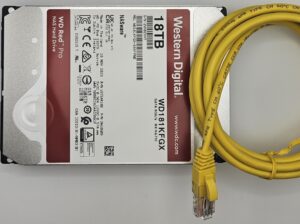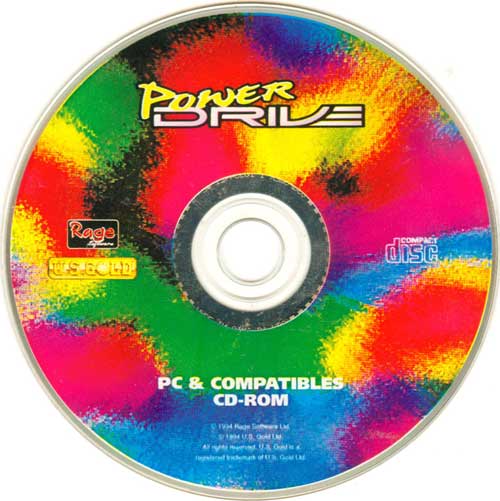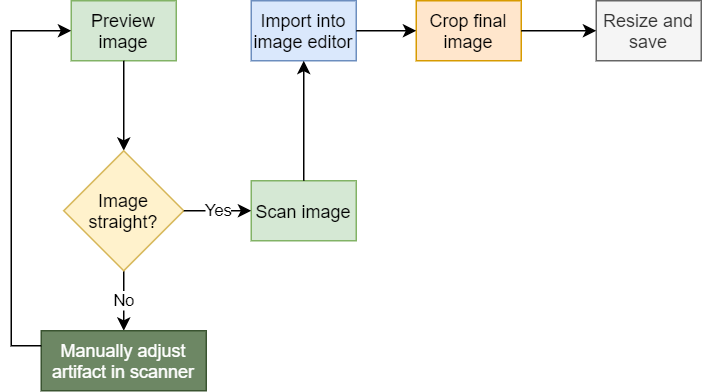In my post last year about my out-of-control single-board computer (SBC) collection which included my meager network attached storage (NAS) solution, I noted that:
I find that a lot of my fellow nerds massively overengineer their homelab NAS setups. I’ll explore this in a future post. For my part, people tend to find my homelab NAS solution slightly underengineered.
So here I am, exploring this is a future post. I’ve been in the home NAS game a long time, but have never had very elaborate solutions for such. For my part, I tend to take an obsessively reductionist view of what constitutes a NAS: Any small computer with a pool of storage and a network connection, running the Linux operating system and the Samba file sharing service.

Many home users prefer to buy turnkey boxes, usually that allow you to install hard drives yourself, and then configure the box and its services with a friendly UI. My fellow weird computer nerds often buy cast-off enterprise hardware and set up more resilient, over-engineered solutions, as long as they have strategies to mitigate the noise and dissipate the heat, and don’t mind the electricity bills.
If it works, awesome! As an old hand at this, I am rather stuck in my ways, however, preferring to do my own stunts, both with the hardware and software solutions.
My History With Home NAS Setups
In 1998, I bought myself a new computer — beige box tower PC, as was the style as the time. This was when normal people only had one computer at most. It ran Windows, but I was curious about this new thing called “Linux” and learned to dual boot that. Later that year, it dawned on me that nothing prevented me from buying a second ugly beige box PC and running Linux exclusively on it. Further, it could be a headless Linux box, connected by ethernet, and I could consolidate files into a single place using this file sharing software named Samba.
Continue reading


